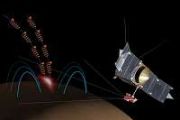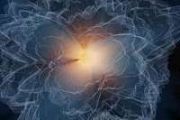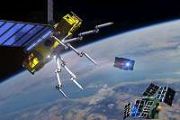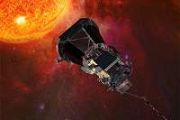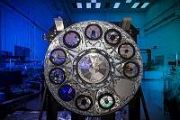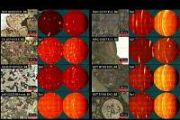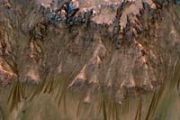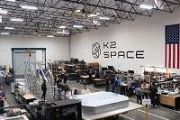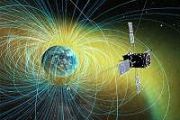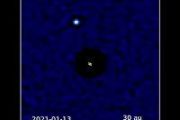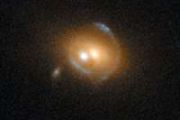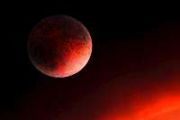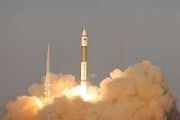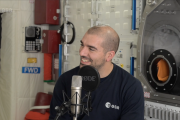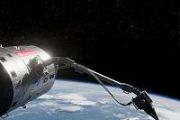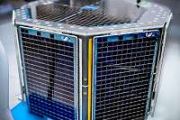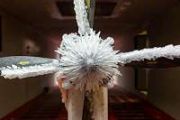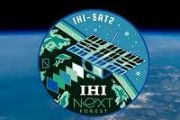
Copernical Team
Chinese commercial carrier rocket Smart Dragon-3 completes ground tests
 China's new carrier rocket Smart Dragon-3 (SD-3), designed for commercial use, has completed large-scale ground tests, its developer said on Thursday.
The rocket was developed by the China Rocket Co. Ltd., which is affiliated with the China Academy of Launch Vehicle Technology (CALVT). It is a four-stage solid-propellant carrier rocket.
The rocket is the largest of the SD series and
China's new carrier rocket Smart Dragon-3 (SD-3), designed for commercial use, has completed large-scale ground tests, its developer said on Thursday.
The rocket was developed by the China Rocket Co. Ltd., which is affiliated with the China Academy of Launch Vehicle Technology (CALVT). It is a four-stage solid-propellant carrier rocket.
The rocket is the largest of the SD series and SpaceX launches 46 new Starlink satellites into orbit
 SpaceX launched its next round of Starlink satellites into low-Earth orbit aboard a Falcon 9 rocket lifting off from the Vandenberg Space Force Center in California on Friday afternoon.
The Elon Musk-owned private space company plans to add 46 new satellites to its constellation of small satellites around the world in order to allow access to the Internet regardless of how remote the locat
SpaceX launched its next round of Starlink satellites into low-Earth orbit aboard a Falcon 9 rocket lifting off from the Vandenberg Space Force Center in California on Friday afternoon.
The Elon Musk-owned private space company plans to add 46 new satellites to its constellation of small satellites around the world in order to allow access to the Internet regardless of how remote the locat Hubble sees red supergiant star Betelgeuse slowly recovering after blowing its top
 Analyzing data from NASA's Hubble Space Telescope and several other observatories, astronomers have concluded that the bright red supergiant star Betelgeuse quite literally blew its top in 2019, losing a substantial part of its visible surface and producing a gigantic Surface Mass Ejection (SME). This is something never before seen in a normal star's behavior.
Our Sun routinely blows off p
Analyzing data from NASA's Hubble Space Telescope and several other observatories, astronomers have concluded that the bright red supergiant star Betelgeuse quite literally blew its top in 2019, losing a substantial part of its visible surface and producing a gigantic Surface Mass Ejection (SME). This is something never before seen in a normal star's behavior.
Our Sun routinely blows off p Brightest stars in the night sky can strip Neptune-sized planets to their rocky cores
 Over the last 25 years, astronomers have found thousands of exoplanets around stars in our galaxy, but more than 99% of them orbit smaller stars - from red dwarfs to stars slightly more massive than our sun, which is considered an average-sized star.
Few have been discovered around even more massive stars, such as A-type stars - bright blue stars twice as large as the sun - and most of the
Over the last 25 years, astronomers have found thousands of exoplanets around stars in our galaxy, but more than 99% of them orbit smaller stars - from red dwarfs to stars slightly more massive than our sun, which is considered an average-sized star.
Few have been discovered around even more massive stars, such as A-type stars - bright blue stars twice as large as the sun - and most of the NASA explains strange stringy object photographed by Perseverance rover
 One photo taken recently by NASA's Perseverance rover on Mars showed an unusual noodle-like object lying on the surface of the Red Planet, but scientists have an explanation.
The photo was taken on July 12 and depicted what looked like a tangled web of string in the lower right corner. The image led some to question what the object is, particularly when a photo taken four days later rev
One photo taken recently by NASA's Perseverance rover on Mars showed an unusual noodle-like object lying on the surface of the Red Planet, but scientists have an explanation.
The photo was taken on July 12 and depicted what looked like a tangled web of string in the lower right corner. The image led some to question what the object is, particularly when a photo taken four days later rev Shenzhou XIV astronauts to conduct their first spacewalk in coming days
 China's Shenzhou XIV astronauts will conduct extravehicular activities (EVAs) for the first time in the next few days, China Media Group reported on Saturday.
The three-member crew has been working and living in orbit for 70 days since they were sent into space onboard the Shenzhou XIV spaceship and entered China's space station.
The combination of China's space station is currently
China's Shenzhou XIV astronauts will conduct extravehicular activities (EVAs) for the first time in the next few days, China Media Group reported on Saturday.
The three-member crew has been working and living in orbit for 70 days since they were sent into space onboard the Shenzhou XIV spaceship and entered China's space station.
The combination of China's space station is currently NASA seeks student ideas for extracting, forging metal on the Moon
 NASA's 2023 annual Breakthrough, Innovative and Game-Changing (BIG) Idea Challenge asks university students to design a metal production pipeline on the Moon - from extracting metal from lunar minerals to creating structures and tools. The ability to extract metal and build needed infrastructure on the Moon advances the Artemis Program goal of a sustained human presence on the lunar surface.
NASA's 2023 annual Breakthrough, Innovative and Game-Changing (BIG) Idea Challenge asks university students to design a metal production pipeline on the Moon - from extracting metal from lunar minerals to creating structures and tools. The ability to extract metal and build needed infrastructure on the Moon advances the Artemis Program goal of a sustained human presence on the lunar surface. US astronaut Jessica Watkins sets sights on Moon... and Mars
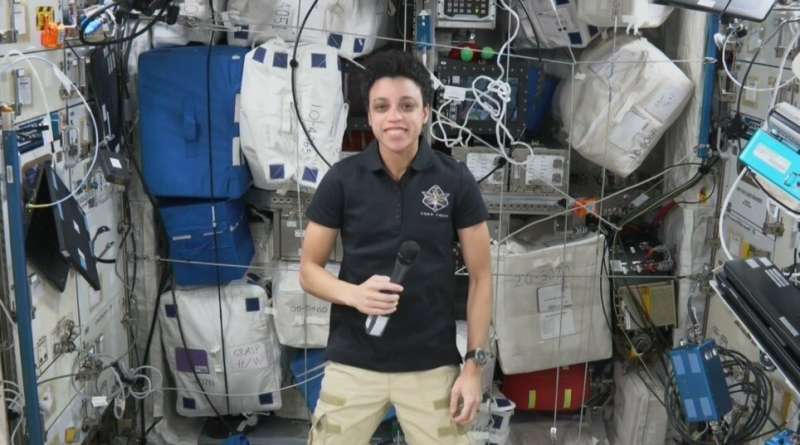
If you had the choice, would you rather go to the Moon or Mars?
The question is utterly theoretical for most of us, but for US astronaut Jessica Watkins, it hits a bit differently.
"Whichever comes first!" Watkins says with a laugh, in a lengthy interview with AFP from her post on the International Space Station (ISS).
At 34, Watkins has many years ahead of her at the US space agency NASA, and could very well be one of the first women to step foot on the Moon in the coming years, as a member of the Artemis team preparing for upcoming lunar missions.
Missions to Mars are off in the future, but given that astronauts often work into their 50s, Watkins could conceivably have a shot.
Either way is just fine, she says.
Making oxygen with magnets could help astronauts breathe easy
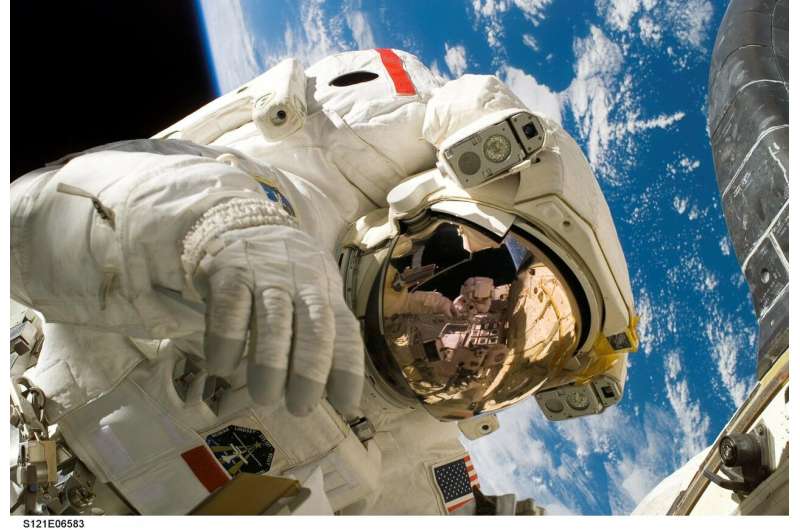
A potentially better way to make oxygen for astronauts in space using magnetism has been proposed by an international team of scientists, including a University of Warwick chemist.
The conclusion is from new research on magnetic phase separation in microgravity published in npj Microgravity by researchers from the University of Warwick in the United Kingdom, University of Colorado Boulder and Freie Universität Berlin in Germany.
Keeping astronauts breathing aboard the International Space Station and other space vehicles is a complicated and costly process. As humans plan future missions to the Moon or Mars better technology will be needed.
Lead author Álvaro Romero-Calvo, a recent Ph.D. graduate from the University of Colorado Boulder, says that "on the International Space Station, oxygen is generated using an electrolytic cell that splits water into hydrogen and oxygen, but then you have to get those gasses out of the system. A relatively recent analysis from a researcher at NASA Ames concluded that adapting the same architecture on a trip to Mars would have such significant mass and reliability penalties that it wouldn't make any sense to use.
Week in images: 08-12 August 2022

Week in images: 08-12 August 2022
Discover our week through the lens



